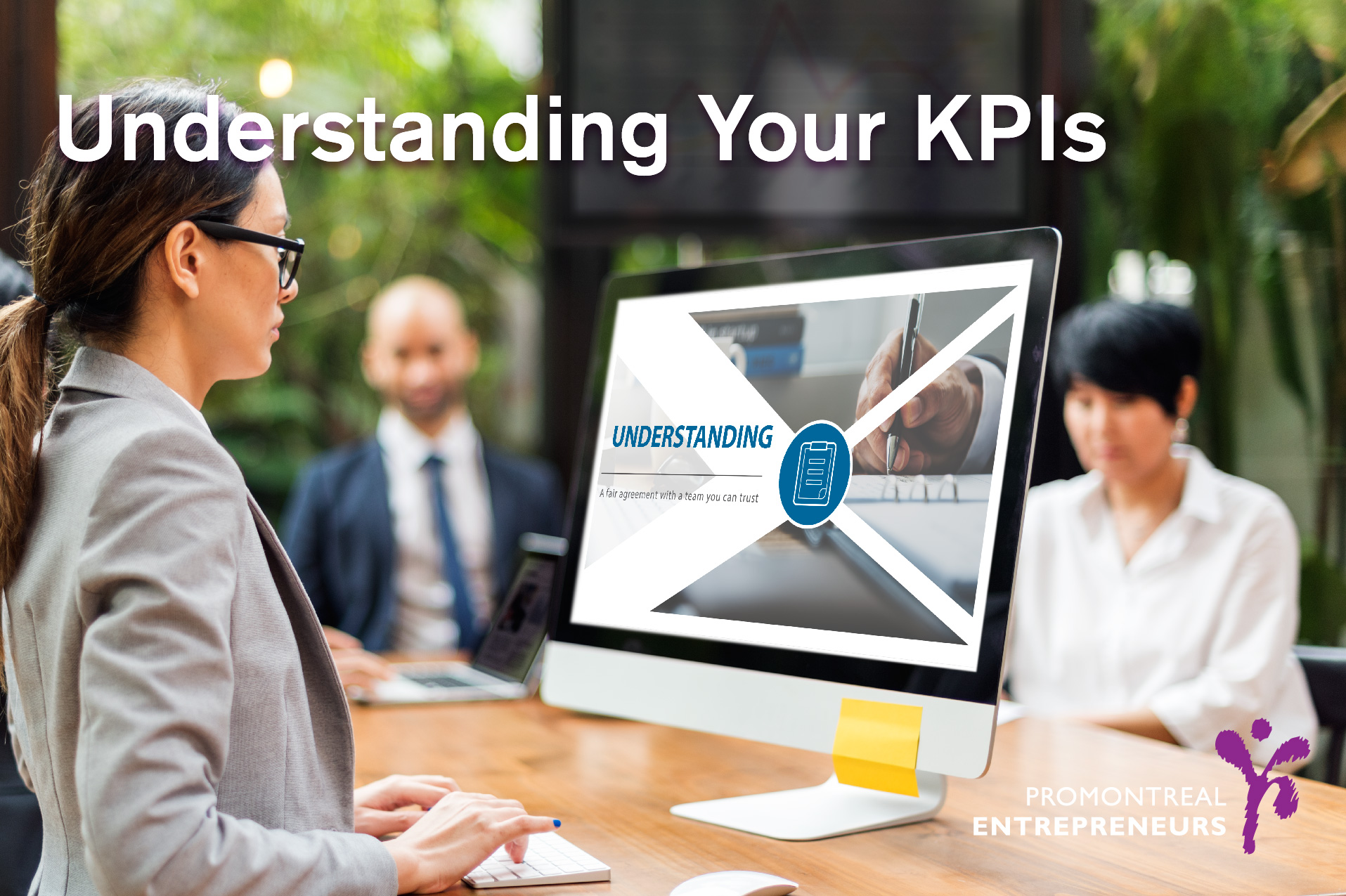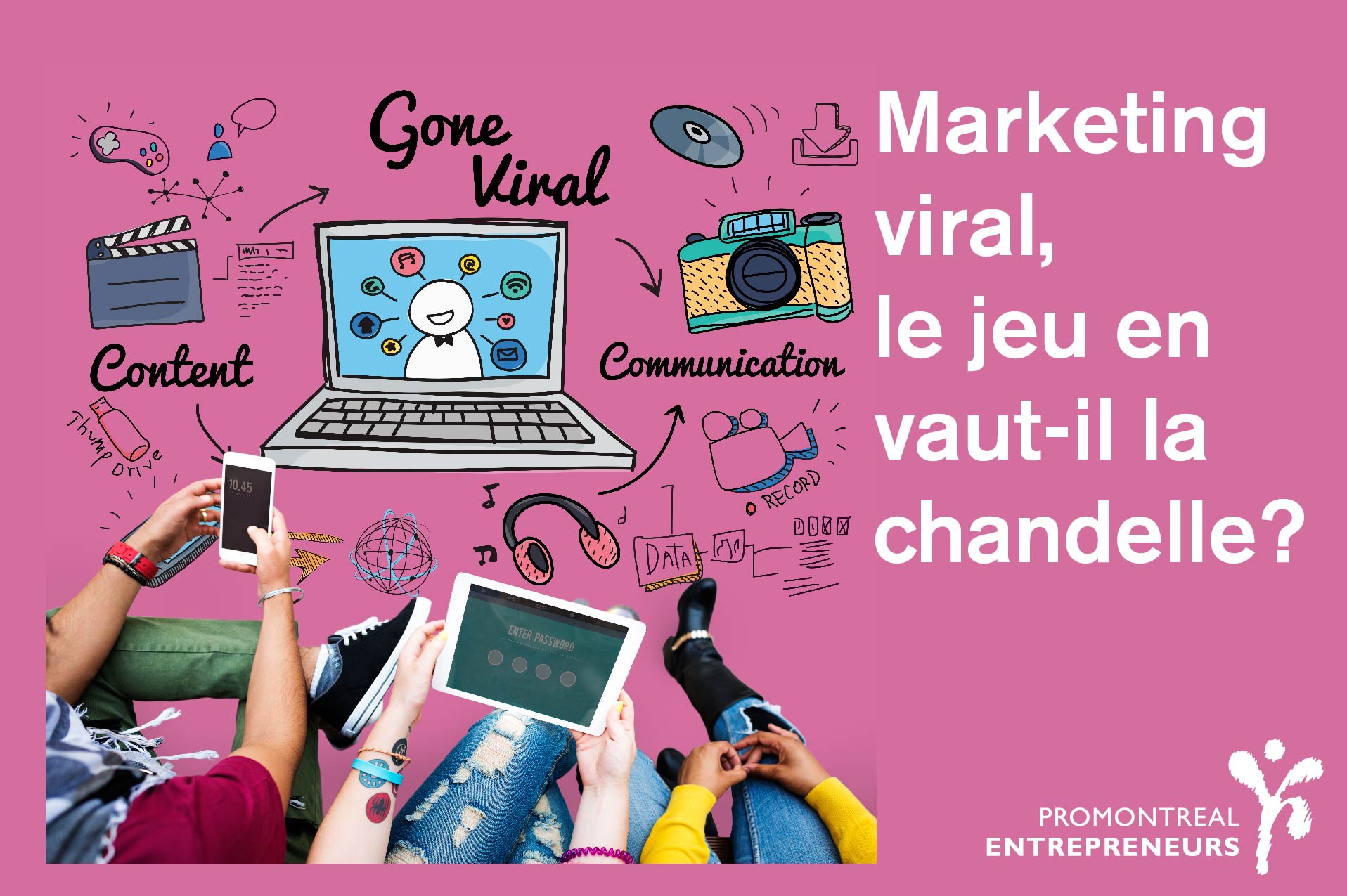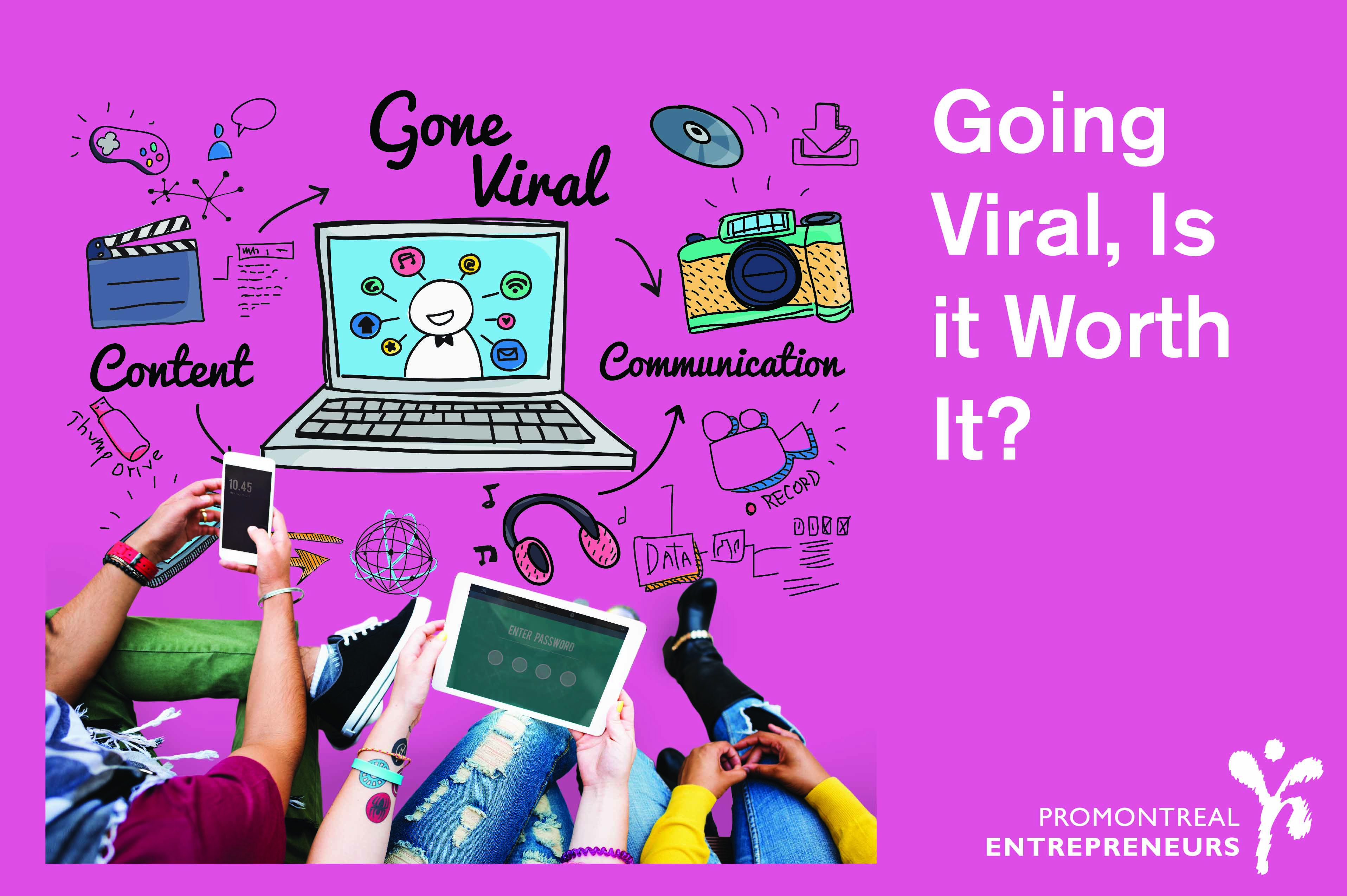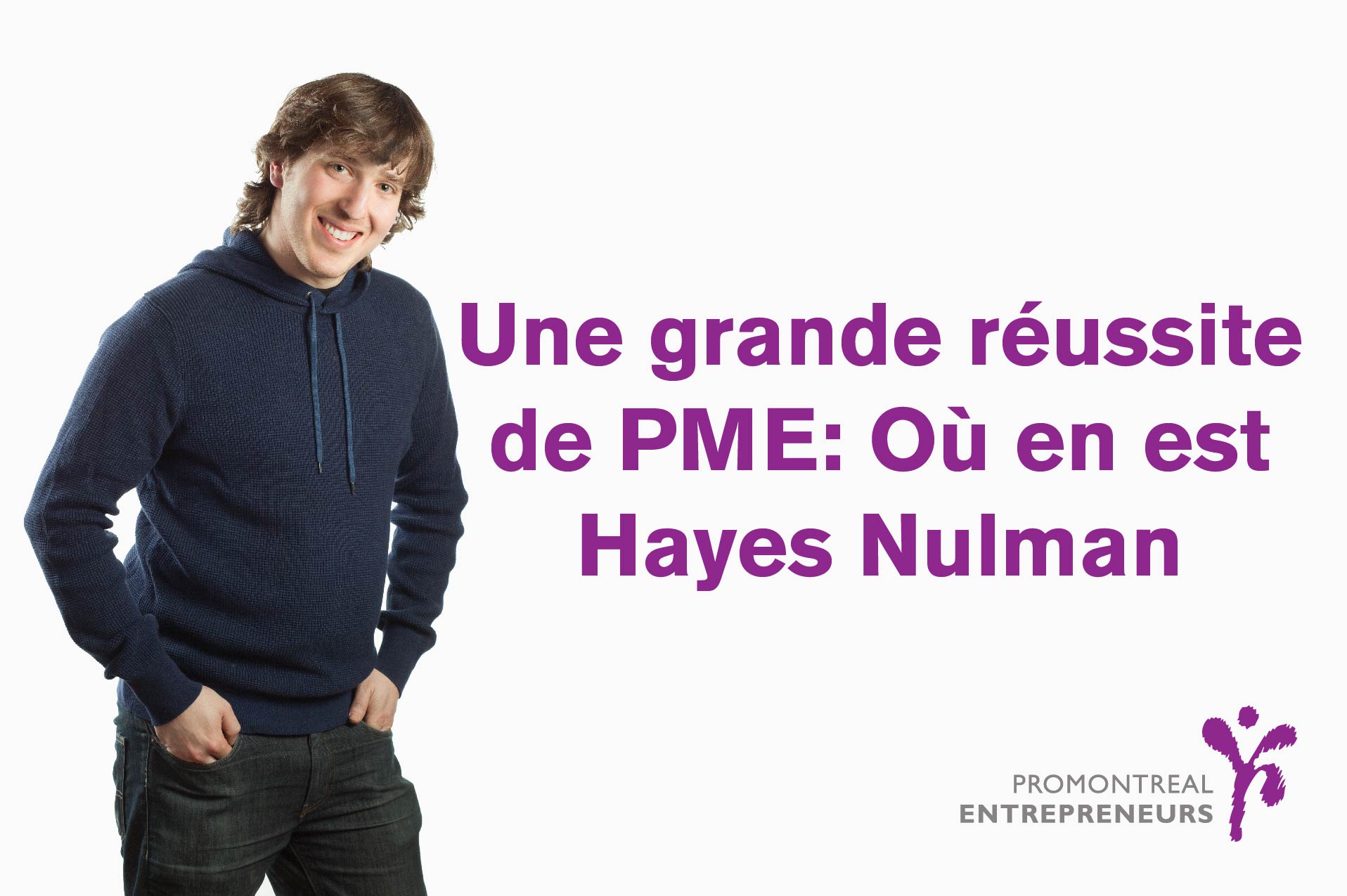
Key performance indicators, also known as KPIs, are measurable values that showcase how effectively a company is achieving business objectives. Businesses set benchmarks early on and use KPIs in order to determine if they are achieving the goals they set out. KPIs can either be high-level or low-level. In other words, they can encompass the company as a whole, or focus on departmental goals. Monitoring KPIs is crucial for measuring progress and making necessary modifications to your business strategy. However, the focus should not be on the KPIs themselves. It should be on their significance and knowing their impacts. Let’s review some of the KPIs that are important for founders to thoroughly understand for strategic purposes. Please note that not all KPIs are relevant to all types of businesses.
- Customer acquisition cost (CAC):
CAC is the amount of money you need to spend on sales, marketing and related expenses, on average, to acquire a new customer. This tells you about the efficiency of your marketing efforts, although it’s much more meaningful when combined with some of the other metrics below, and when compared to competitors’ CAC.
- Customer Retention Rate
Acquiring new customers is one thing, but retaining them is even more important. Your customer retention rate indicates the percentage of paying customers who remain paying customers during a given period of time. The converse to retention rate is churn (or attrition), which is the percentage of customers you lose in a given period of time. When we see high retention rates over an indicative time period, you know the company has a sticky product and that is keeping its customers happy. This is also an indicator of capital efficiency.
- Lifetime value (LTV)
LTV is the measurement of the net value of an average customer to your business over the estimated life of their relationship with your company. Understanding this number, especially in its relation to CAC, is critical to building a sustainable company. Consider the ratio of CAC to LTV to be the golden metric. This is a true indicator of the sustainability of a company.
- Cash Flow
Cash flow will give founders indication on the state of their sales and margins. In order to determine your cash flow forecast you have to add the total cash your business has in its savings to the projected cash value for the next four weeks. Then, subtract the projected cash-out for the next four weeks. Cash flow forecasts allow entrepreneurs to notice issues with cash flow at early stages and make the appropriate modifications. Understanding your revenue and monthly expenses (fixed and variable) enables you to calculate the company’s monthly burn. If the company starts the month with $100,000 in cash and ends the month with $90,000 in cash, its burn rate is $10,000. If a company’s monthly net cash flow is positive, it is not burning cash. A keen focus on runway is critical to the survival of any startup. Runway is the measure of the amount of time until the company runs out of cash, expressed in terms of months. Runway is computed by dividing remaining cash by monthly burn.
- Inventory Turnover-
Inventory turnover is a ratio that shows the amount of times a company’s inventory is sold and replaced over a given period. This is especially important in the retail industry. Basically, it is how fast a company is selling their products. This is then compared to the industry average. Inventory turnover is important because it indicates the quality of your inventory planning methods and controlling techniques. Additionally, by improving inventory turnover a retailer can easily increase its profitability by carrying fewer inventories.
- Accounts Payable Turnover-
Accounts payable turnover is the ratio that measure how quick a company can pay its suppliers. When the turnover rate declines, it means that the company is taking longer to pay its suppliers. This may imply deteriorating financial situation. It can also mean a change in payment terms with suppliers. If a company seems to be paying fairly quickly this can be due to suppliers’ demand for fast payment, or that a business is taking advantage of early payment discounts.
- Revenue Growth Rate-
Having an understanding of how fast your company is growing is critical for analysis. There are many accounting rules that apply as to when and how you should declare revenue. As an entrepreneur understand that your actions as a businessperson can have direct effect on how your business is portrayed. You can control when contracts are signed, how the contracts are structured, in order to affect how much revenue is declared in a given quarter.
- Market share-
Market share is main tool used in order to determine the effectiveness of your marketing campaigns compared to the competition. More specifically it can be calculated with shares of unit sales, share of customers served, share of total industry revenue, share of dollar volume, etc. Market share is important because it ranks you with your competitors. It gives you the most tangible indication of market growth, the quality of your CRM programs and branding initiatives. Make sure to also determine the value of your market share as well. For instance, having 60% market share in an industry that is slowly deteriorating is a red flag.
KPIs, like metrics, are crucial for business owners to monitor. Different companies monitor different KPIs, depending on their business goals. However, these KPIs should be understood by all business owners. Though you may not be dealing with technical accounting, understanding how these affect the way your business is perceived is of priority.




 Metrics
Metrics Trouver le bon cofondateur pour votre entreprise sera une des décisions les plus importantes que vous aurez à prendre en tant qu’entrepreneur. Faites-nous confiance, cette décision déterminera le sort de votre entreprise. Nous avons été témoins des meilleurs et des pires scénarios. Voici quelques conseils à considérer avant de prendre cette décision importante.
Trouver le bon cofondateur pour votre entreprise sera une des décisions les plus importantes que vous aurez à prendre en tant qu’entrepreneur. Faites-nous confiance, cette décision déterminera le sort de votre entreprise. Nous avons été témoins des meilleurs et des pires scénarios. Voici quelques conseils à considérer avant de prendre cette décision importante. La relation entre
La relation entre  Si vous êtes étudiant ou étudiant-entrepreneur, on vous a probablement souvent dit que le réseautage avec les supérieurs peut produire d’excellents résultats. La création de réseau est souvent interprétée comme un moyen de former des liens avec des gens qui ont plus d’influence que vous ou qui occupent des postes plus élevés que vous sur le plan professionnel. Alors que de créer des liens avec des personnes plus haut placées est très important, la valeur du réseautage entre pairs qui sont aussi étudiants n’est pas à sous-estimer. L’objectif du réseautage n’est pas seulement de vous assurer de côtoyer des individus estimés de votre communauté, il s’agit aussi de veiller à établir de précieuses relations avec les cadres supérieurs de demain. Le philosophe grec, Héraclite, a déclaré que le changement est la seule constante dans la vie. Voilà pourquoi s’adonner au réseautage avec vos pairs est essentiel.
Si vous êtes étudiant ou étudiant-entrepreneur, on vous a probablement souvent dit que le réseautage avec les supérieurs peut produire d’excellents résultats. La création de réseau est souvent interprétée comme un moyen de former des liens avec des gens qui ont plus d’influence que vous ou qui occupent des postes plus élevés que vous sur le plan professionnel. Alors que de créer des liens avec des personnes plus haut placées est très important, la valeur du réseautage entre pairs qui sont aussi étudiants n’est pas à sous-estimer. L’objectif du réseautage n’est pas seulement de vous assurer de côtoyer des individus estimés de votre communauté, il s’agit aussi de veiller à établir de précieuses relations avec les cadres supérieurs de demain. Le philosophe grec, Héraclite, a déclaré que le changement est la seule constante dans la vie. Voilà pourquoi s’adonner au réseautage avec vos pairs est essentiel.
 On peut présumer sans se tromper que tout le monde aimerait laisser sa marque dans le monde. Qu’il s’agisse d’un impact à l’échelle mondiale ou à plus petite échelle, nous voulons tous qu’on se souvienne de nous. Il en est de même pour les entreprises. À l’ère des médias numériques, il peut sembler que la façon la plus rapide et la plus percutante d’attirer l’attention est de devenir viral. Mais bien que le prestige et le clinquant de la viralité soient tentants, on peut se demander si l’attention à court terme vaut vraiment la peine, compte tenu de la pression à long terme exercée par les attentes ridiculement élevées.
On peut présumer sans se tromper que tout le monde aimerait laisser sa marque dans le monde. Qu’il s’agisse d’un impact à l’échelle mondiale ou à plus petite échelle, nous voulons tous qu’on se souvienne de nous. Il en est de même pour les entreprises. À l’ère des médias numériques, il peut sembler que la façon la plus rapide et la plus percutante d’attirer l’attention est de devenir viral. Mais bien que le prestige et le clinquant de la viralité soient tentants, on peut se demander si l’attention à court terme vaut vraiment la peine, compte tenu de la pression à long terme exercée par les attentes ridiculement élevées. It’s safe to assume that everyone wants to leave their mark on this world. Whether it’s making an impact on a global scale or smaller, we all want to be remembered for something. The same goes for businesses. In the age of digital media it can seem as though going viral is the quickest and most impactful way of garnering attention. While the glitz and glam of virality is tempting, the question is whether the short-term attention is really worth the long-term pressure of meeting absurdly high expectations.
It’s safe to assume that everyone wants to leave their mark on this world. Whether it’s making an impact on a global scale or smaller, we all want to be remembered for something. The same goes for businesses. In the age of digital media it can seem as though going viral is the quickest and most impactful way of garnering attention. While the glitz and glam of virality is tempting, the question is whether the short-term attention is really worth the long-term pressure of meeting absurdly high expectations. Hayes faisait partie de la phase de financement PME en 2014. Toujours gestionnaire des opérations de son entreprise, Hayes Nulman Design, Hayes incarne le véritable esprit d’entreprise. Avec son studio de conception et de fabrication de mobilier et sa démarche innovatrice, il s’est tracé lui-même une voie. Nous avons eu la chance de discuter avec lui pendant quelques minutes pour parler de son cheminement et de ses perspectives d’avenir.
Hayes faisait partie de la phase de financement PME en 2014. Toujours gestionnaire des opérations de son entreprise, Hayes Nulman Design, Hayes incarne le véritable esprit d’entreprise. Avec son studio de conception et de fabrication de mobilier et sa démarche innovatrice, il s’est tracé lui-même une voie. Nous avons eu la chance de discuter avec lui pendant quelques minutes pour parler de son cheminement et de ses perspectives d’avenir.